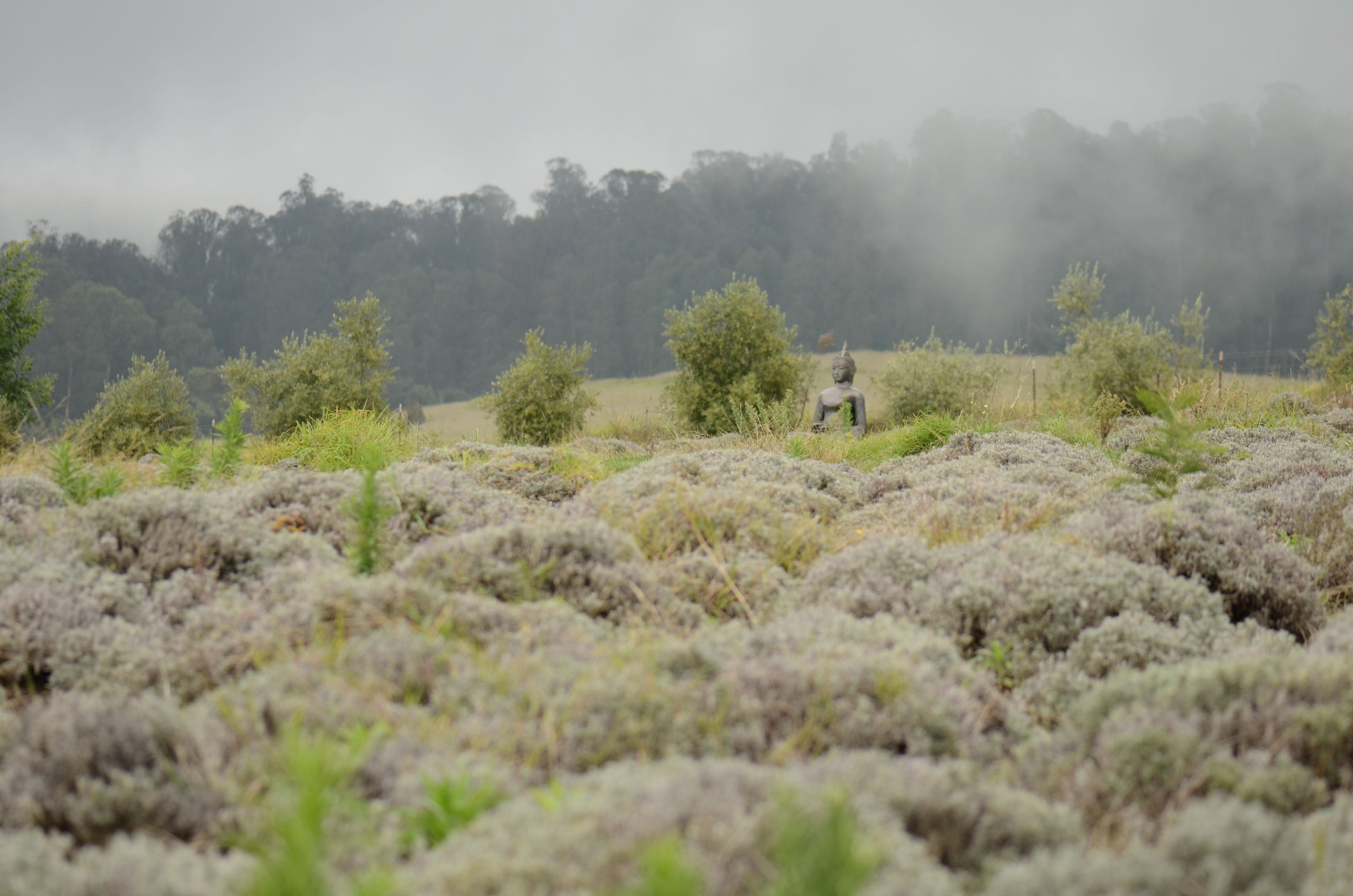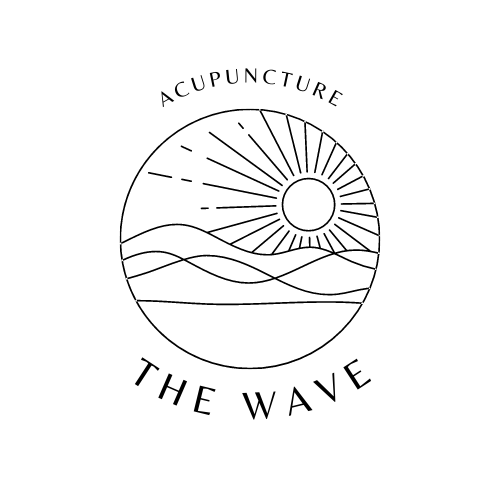
Frequently Asked Questions
about
Acupuncture and Asian Medicine
Treatment rates are found at the bottom of this page.
What should I expect at my Acupuncture visit?
All of my patients are interviewed at the beginning of every visit to determine how the visit will proceed.
I will ask a series of questions rooted in Asian medical diagnostic theories, and together, we will formulate a treatment plan for the visit that addresses your needs.
You may not be used to your healthcare provider asking for feedback during a treatment…as an Acupuncturist, feedback is critical to how I work—yes, you may get to take the famed “acu nap” during your treatment time, but only after we have done the work of needle insertion! Awareness and consent are a vital part of the Acupuncture process.
Acupuncturists are trained to treat each patient as an individual. Your low back pain, for example, is not the same as someone else’s low back pain. Your treatment plan will always be individualized to your specific needs.
What do I need for my visit?
Eat a light meal and drink before your visit. If you can, avoid coffee or other stimulants.
Bring your questions!
Dress comfortably, in loose clothing. Acupuncture points are located all over your body. Your treatment may require you to remove some items of clothing—if this is the case, you will be covered and draped so that only the required body area is exposed.
If you wear a bra, the “traditional” snap in back type is preferred over sports bras, to allow for better access to points on the back.
How many treatments will I need?
Acupuncture is both preventive and cumulative.
What does this mean? First, the best time to schedule your acupuncture visit is before you think that you “need” it. Think of it like “maintenance” for your body. This also means that you will likely require several visits to address your needs, especially if you have an issue that has been around for a longer period of time.
At your first visit, we will come up with a healing plan tailored to your specific situation.
What is Acupuncture exactly?
Acupuncture is the insertion of thin, single-use, disposable needles into the body at specific points to stimulate the body’s innate healing capacity.
What is Moxibustion?
Moxibustion is the burning of the herb mugwort (artemisia vulgaris) on Acupuncture points, either on top of an Acupuncture needle, or directly on the protected skin surface above a point. The burning of moxa adds an extra “kick” to an acupuncture treatment, and is used where necessary to encourage a stronger healing response from the body.
What is Cupping?
Cupping therapy is the application of suction cups to specific areas of the body in order to stimulate blood flow to that area. Cupping may be used to help relieve muscle tension or to aide in recovery from an injury or illness.
What is Gua Sha?
Gua Sha is sometimes translated as “scraping” or “spooning,” and is most accurately described as the unilateral press-stroking of a lubricated body area, using a solid instrument, in order to raise red marks on the skin called “petechiae.” (Chiropractors and Instagram beauty influencers often use special Gua Sha tools, made of metal or other materials. I was trained to perform Gua Sha using single-use, disposable jar lids to maintain a sanitary care environment.)
Gua Sha is often used to treat muscle pain, and can be used to help alleviate the acute symptoms of the common cold.
You may already know about facial Gua Sha as a beauty modality. Facial Gua Sha is also used therapeutically as part of Asian medicine to relieve discomfort arising from sinus congestion, headaches, and pain from TMJ disorder.
What are Tui Na and Shiatsu?
Tui Na and Shiatsu are two forms of Asian medical massage which are sometimes used in an Acupuncture treatment.
What are your rates for treatment?
New patients as of January 1, 2025 (acupuncture): $125
Existing patients as of January 1, 2025 (acupuncture): $80
While I do not accept insurance, I can provide you with a superbill for reimbursement if your plan covers acupuncture treatment.
Sliding scale is available for those in need. My goal is to ensure you can access the care that you need. Contact me for assistance. (Please be advised that all sliding scale spaces are filled for 2024 and 2025 at this time.)
If your question is not here, please feel free to reach out to me!
Asian Medicine
It is beyond my abilities to describe the full history of Asian Medical practice. What is important to know is this: Acupuncture is only one part of Asian Medical practice, and has been in use across Asia for over 3,000 years. Popular historical narratives tell us that Acupuncture made its way into Europe via Jesuit missionaries in the 16th century, and then to the United States in the 18th or 19th centuries. It never gained a popular foothold in the United States until the 1970s; this is when China and the USA began their modern political relationship.
The missing piece of this puzzle: Asian immigrants to the United States brought their medicine with them whenever and wherever they arrived. Acupuncture has been in this country since these immigrants got here.
Acupuncture is rooted in traditional Asian medical practices which focus on the connection between the human and nature and the body and mind. This medicine grew in cultures which originally practiced shamanistic religions, where in ancient times, illness was seen as “possession” by evil spirits. It gradually evolved into a system where natural forces such as extreme Wind, Heat, Cold, etc. became the “pathogens,” and humans were encouraged to live in balance with the forces of nature around them to maintain health.
The medicine also saw a need for humans to live in balance within themselves; extremes of emotions were seen to be contributing factors to dis-ease, and eventually, illness.
As practiced now, Acupuncture and Asian Medicine continue to view the human as a body-mind-spirit, a singular, whole being, with illness possible at any or all of these levels. You are not separate from what you feel; what you feel in your spirit or your mind can make your body feel pain and vice versa.
In Acupuncture treatments, we address the whole of you, body-mind-spirit, even when you “just” have low back pain.
Acupuncture is now regularly and rigorously studied by modern science, and you can read the many randomized control trials which have been performed if that is your desire.
Acupuncture works.


